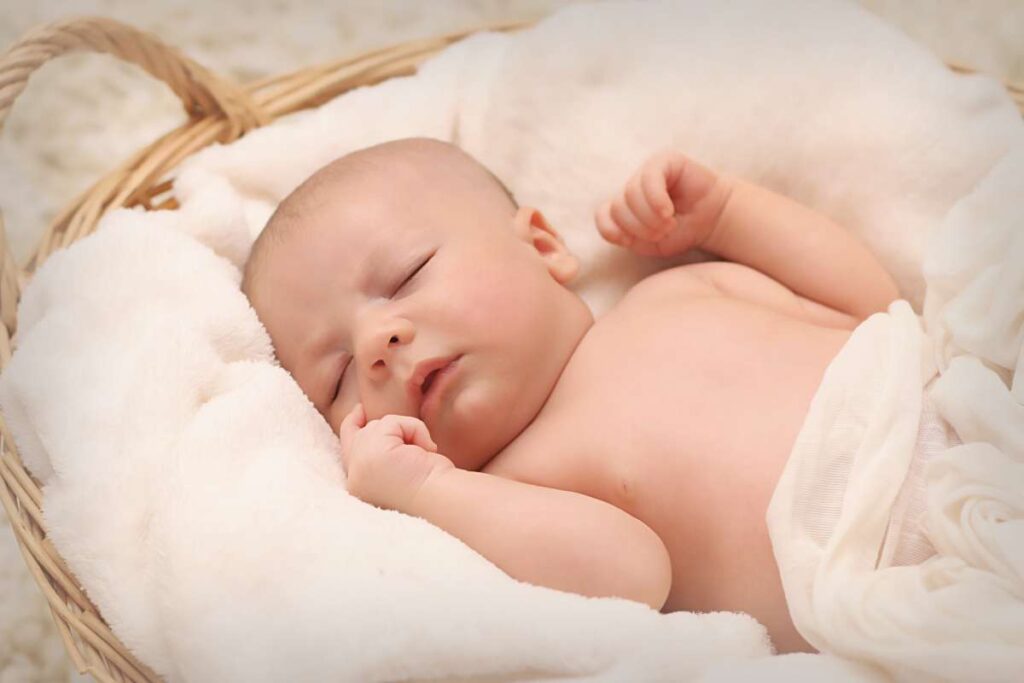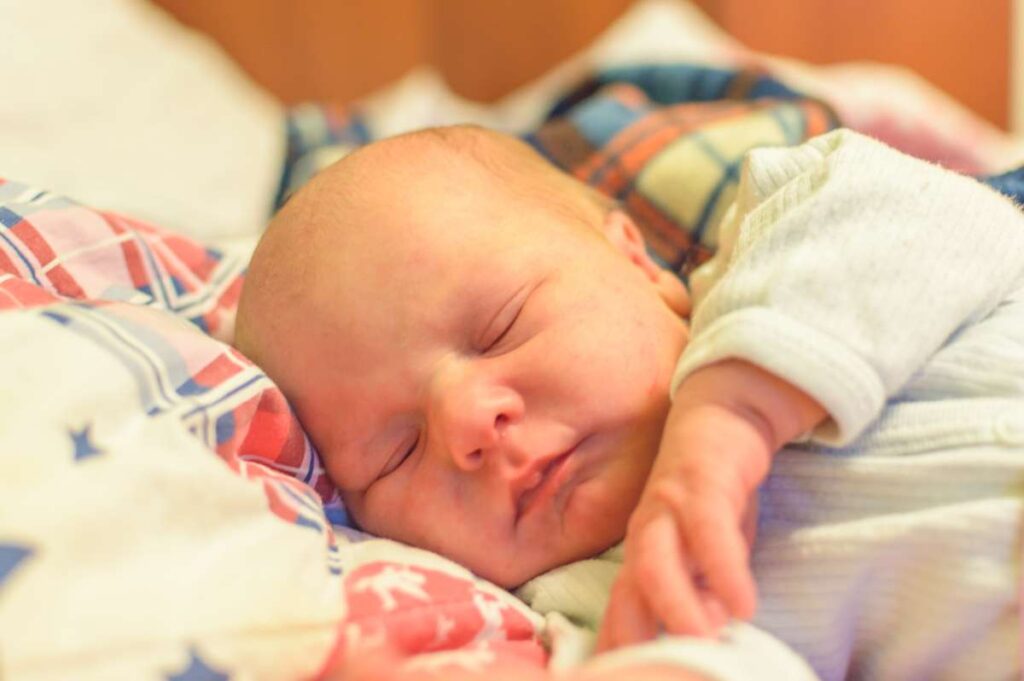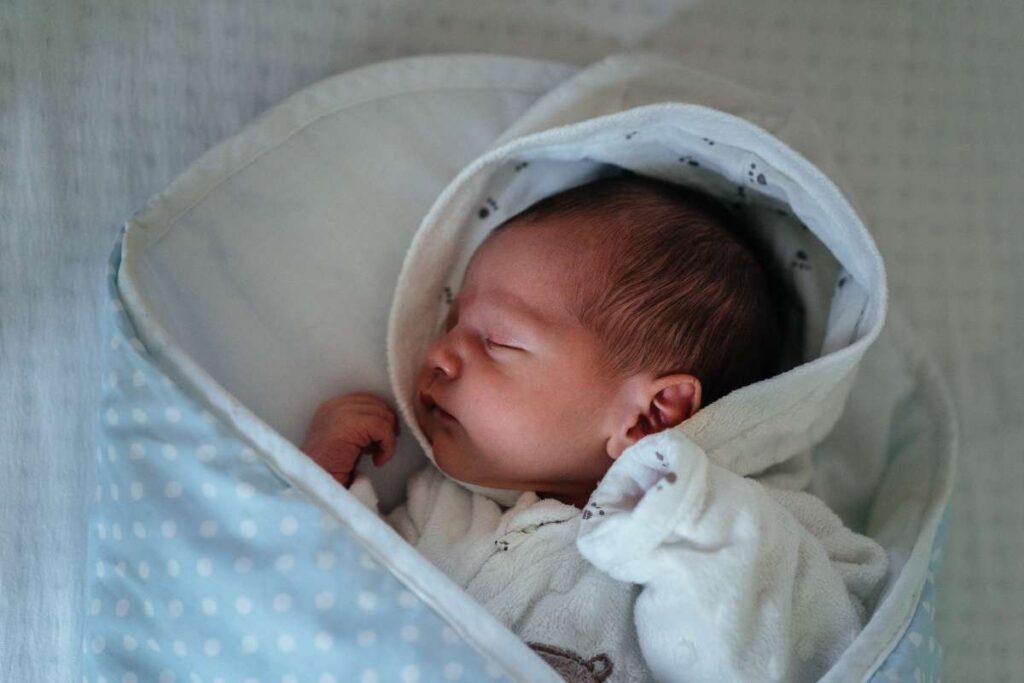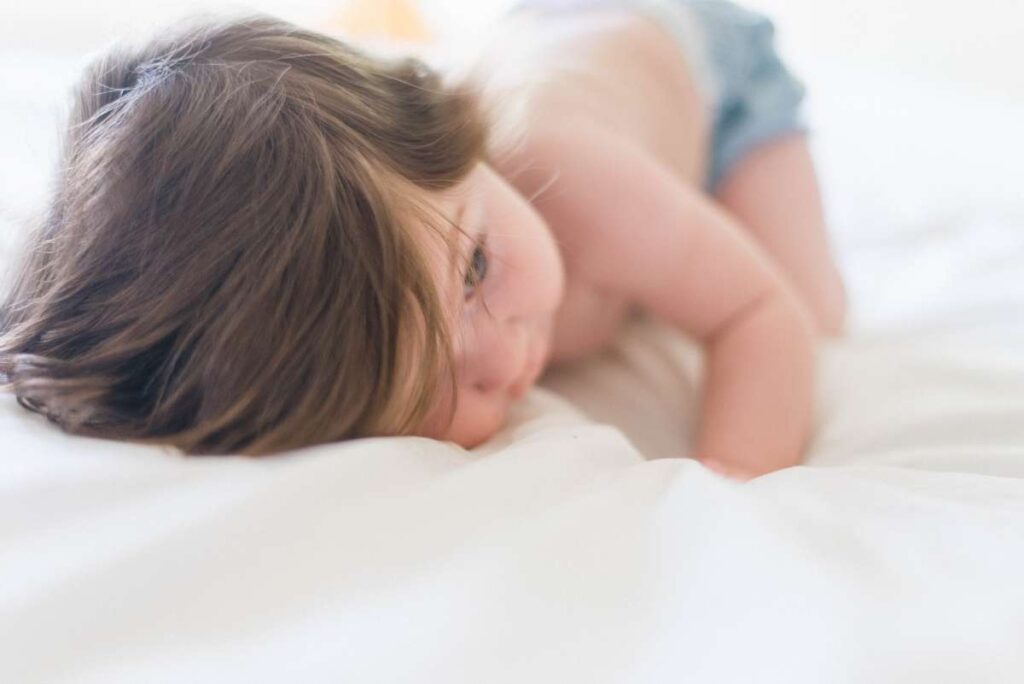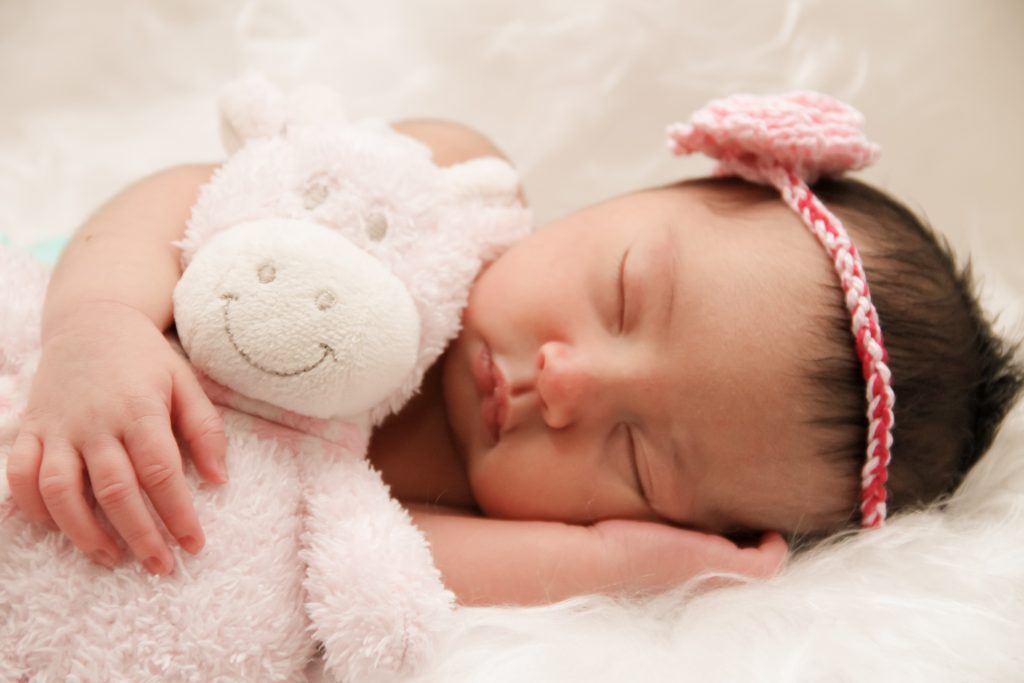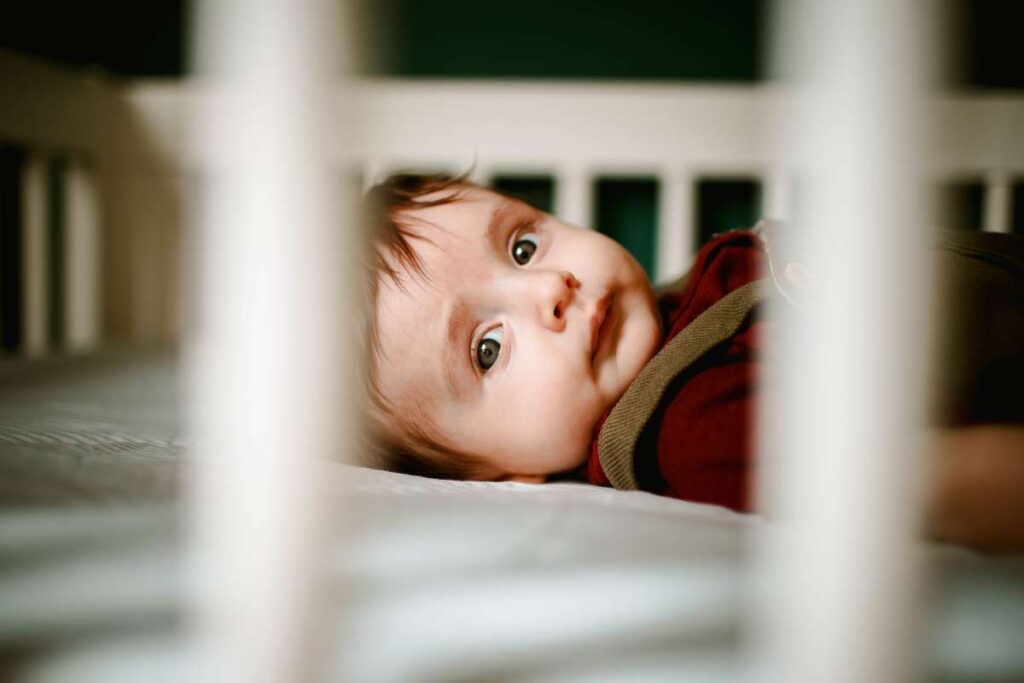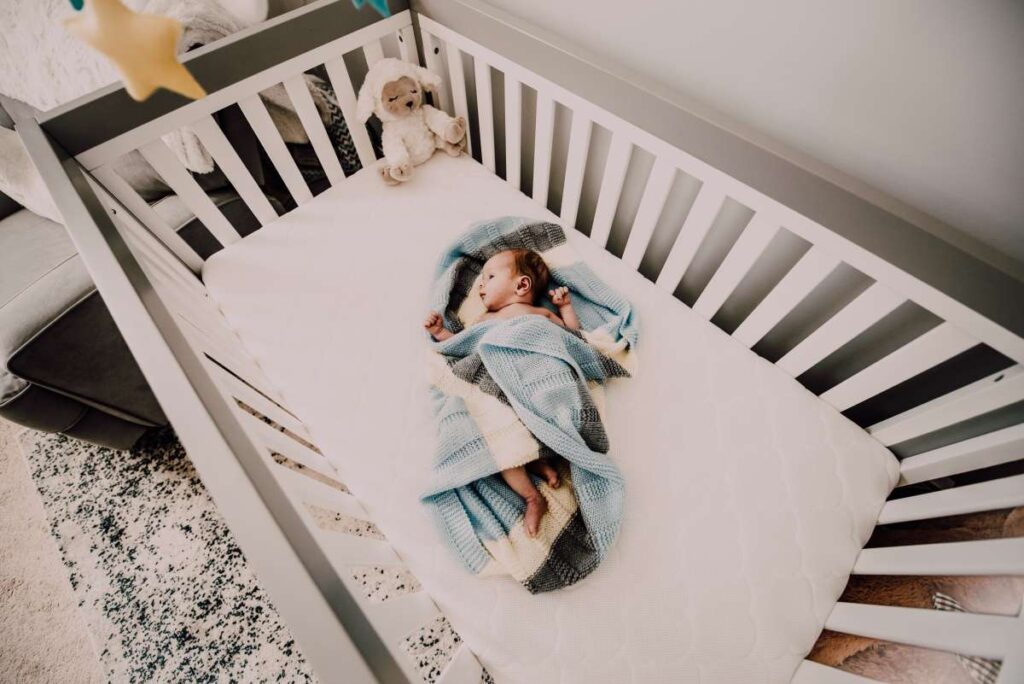Doctors and other medical professionals now advise parents to put their infants to sleep on their backs, which has contributed to the rise in popularity of baby nests. Sleeping with your baby on his or her back can help prevent sudden infant death syndrome (sudden infant death syndrome).
When a baby was placed on their back inside a baby nest, there is less of a chance that they may roll over onto their stomach.
Parents who do have their infants sleep with them in bed often use baby nests. In most cases, doctors advise against co sleeping. If you do decide to co-sleep with your infant, a baby nest will help keep your infant in the same spot on the bed night after night.
You won't accidentally smother the infant as you sleep. It is recommended that a parent's head and the baby's head be at the same level. This reduces the risk of smothering when sleeping due to a duvet or blanket falling on top of the head.
In the end, many parents find that baby nests provide their infants with a sense of security and comfort. The setting is very reminiscent of a pregnant woman's womb. Also, it helps your infant feel at home in unfamiliar surroundings by providing a sense of routine.
Baby nest are a new product, thus there are currently no regulations in place to make sure they were safe for infants. Babies can suffocate if their nests or mattresses are excessively fluffy. There is a danger that the baby will trap his face in the rounded corners and become stuck there.
Parents will have an easier time shopping for baby nests once a universal standard is in place.
- Safety. Is there a way to ensure the infant nest is safe? Examine the mattress and its sides for suppleness.
- The length of time the product can be used. There is a wide range of sizes available for baby nests. You want it to be comfortable for your newborn and versatile enough to grow with your child.
- Material. Select items that have been certified as meeting the Oeko-Tex standard 100 for product class 1. In this way, you can rest assured that you are giving your child only the finest and safest goods.
If indeed the baby nest can be used for more than one thing, you may get more usage out of it, spend less money, and take up less room.
At home or on the road, the baby nest provides a safe and comfortable perch from which your little one may observe the world around them. Having your kid feel at ease no matter where you are goes a long way toward making life easier for busy parents. When you can't hold your baby, put them inside the baby nest on a level surface for some playing, rest time, or your hands-free time.
FAQs About Baby Sleep
Some popular sleeping products for babies do not conform to safer sleep guidelines. Items such as cushioned sleeping pods, nests, baby hammocks, cot bumpers, pillows, duvets and anything that wedges or straps a baby in place can pose a risk to babies under 12 months.
The bottom line: Never use a secondhand baby pod or nest due to the risk of SIDS. More evidence is needed about the link between SIDS and waterproof mattresses, but keep your mattress clean, and bedding regularly washed.
Consumer Reports has found major safety issues with in-bed infant sleeper products like the Baby Delight Snuggle Nest Infant Sleeper, DockATot and SwaddleMe By Your Side Sleeper. The investigation found that in-bed infant sleepers like these were linked to at least 12 infant deaths between 2012 and 2018.
The Babymoov doomoo cocoon is a safe and cosy nest that's suitable for both play and sleep. Similarly to DockATot, the cocoon-like shape is designed to calm and reassure babies. It creates a cosy, made-to-measure space for your baby, whether awake or asleep in their cot, playpen or elsewhere.
Nesting. A nest provides the preterm infant with boundaries (similar to that in the womb) so that the infant has a surface to touch and brace against. Your infant's nurse will make the bedding into a nest for your infant.
Baby Nests
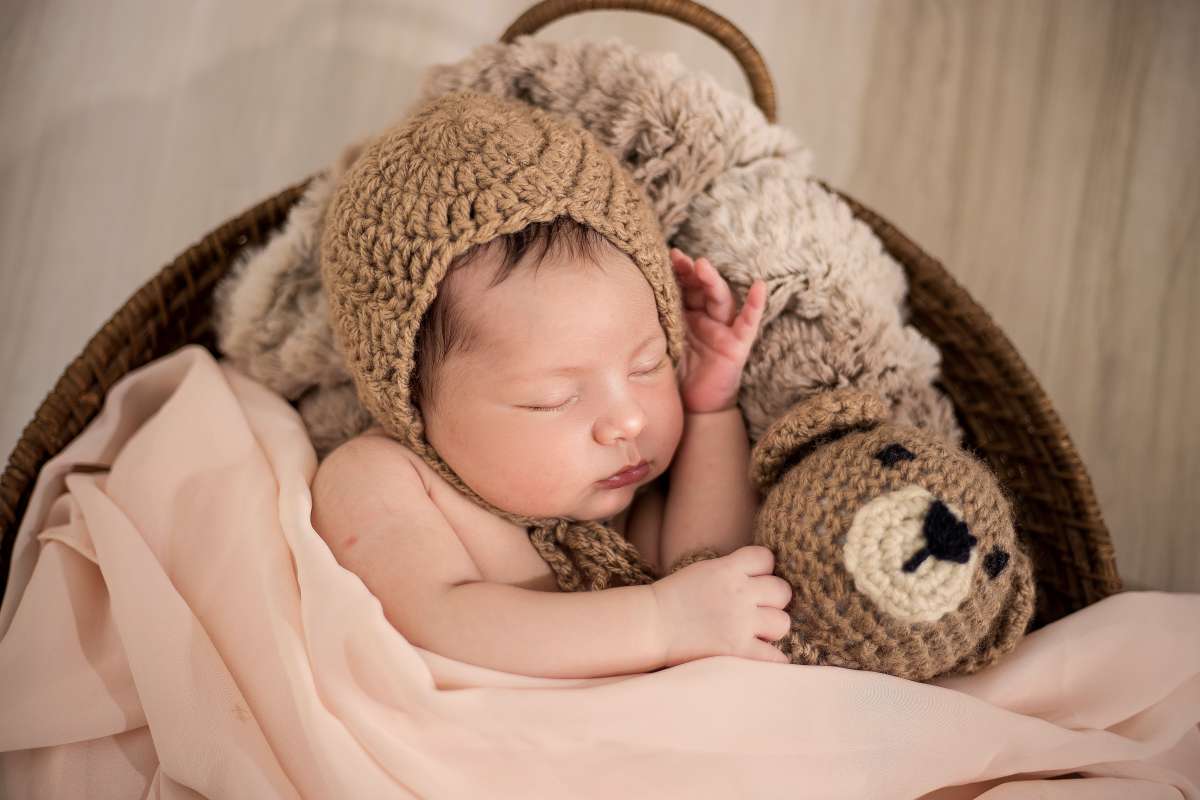
Baby pods, sleep pods, and sleeping pods are similar to a cocoon and provide a safe and cozy environment for your infant to nap or sleep in. The mattresses have a wrapped design with padding on both sides. The Sleepyhead was the first modern baby nest (now called DockATot).
The Swedish national Lisa Furuland Kotsianis is responsible for this concept. She hoped to make her babies' space feel like an extension of the womb. These supposedly make your kid feel as comfortable and safe as they would in the womb.
That's fantastic, unless they actively disliked their time in the womb. However, a womb regression would be required to learn that information.
Are Baby Nests Risky?
That's not what The Lullaby Trust says. They're a charity in the United Kingdom with the goal of reducing the incidence of SIDS by increasing awareness of the importance of putting babies to bed in a safe manner (SIDS). They came out with a report in 2018 saying babies should only sleep on a flat, firm surface, and that baby nests don't qualify.
But because they are so new, there has been no extensive study of their safety. Historically, we know of no instances in which a baby nest was directly responsible for anyone's passing. Thirteen people died because of sleep positioners between 1997 and 2011. The majority of incidents occurred after laying the baby on their side.
Positioners and nests differ somewhat but significantly. Sleep positioners are devices that use a strap or a wedge to hold a child in a predetermined position while they sleep. The Cocoonababy as well as the Babymoov Cosydream are two examples of sleep positioners on the market.
An infant's sleep surface must be completely flat and sturdy. They refer to research conducted in the United States that found a fivefold increase in the incidence of sudden infant death syndrome (SIDS) when sleeping on a soft surface. For the baby's head to sink at least an inch, the surface was considered to be soft.
Safely Using A Baby Nest
For starters, check if the mattress is quite firm. Ensure that your baby's head does not sink and over a few millimeters, and that their head is not pressing on the side padding. The nest should be turned over so that the infant's feet are at the floor.
Babies should be laid down on their backs at all times. Whether your baby sleeps in a crib, a nest, or with you, this is the single most effective measure you can take to lower his or her risk of sudden infant death syndrome.
Use a back pack to keep your infant toasty at night. It's unsafe to have your infant sleep with loose blankets since they could potentially go over their head if there is nowhere to tuck them in. Make sure they aren't overheated by checking on them often. A gentle touch to the person's chest or the nape of their neck will suffice. Feelings of heat and humidity are not desirable. Maintain an environment between 16 and 20 degrees Celsius.
Always ensure that the nest is placed on a level, firm surface, away from any potential sources of movement or instability, and out of reach of the infant. Please keep that on the floor if at all possible. And despite its convenience, you should never transport a nest containing an infant.
Other Advantages And Disadvantages Of Baby Nests
Yes. Have one of everything right here.
- Advantages: They are great for tummy time and provide a warm, comforting environment for your baby. Lay your infant on their stomach, with their armpits resting on the padded end.
- A baby nest could become bothersome if your child starts to rely on it too much. Although portable, We wouldn't want to bring one on a trip because of how awkward they are to use. However, a DockATot travel case is available for purchase.
Are Baby Pods And Nests Safe?
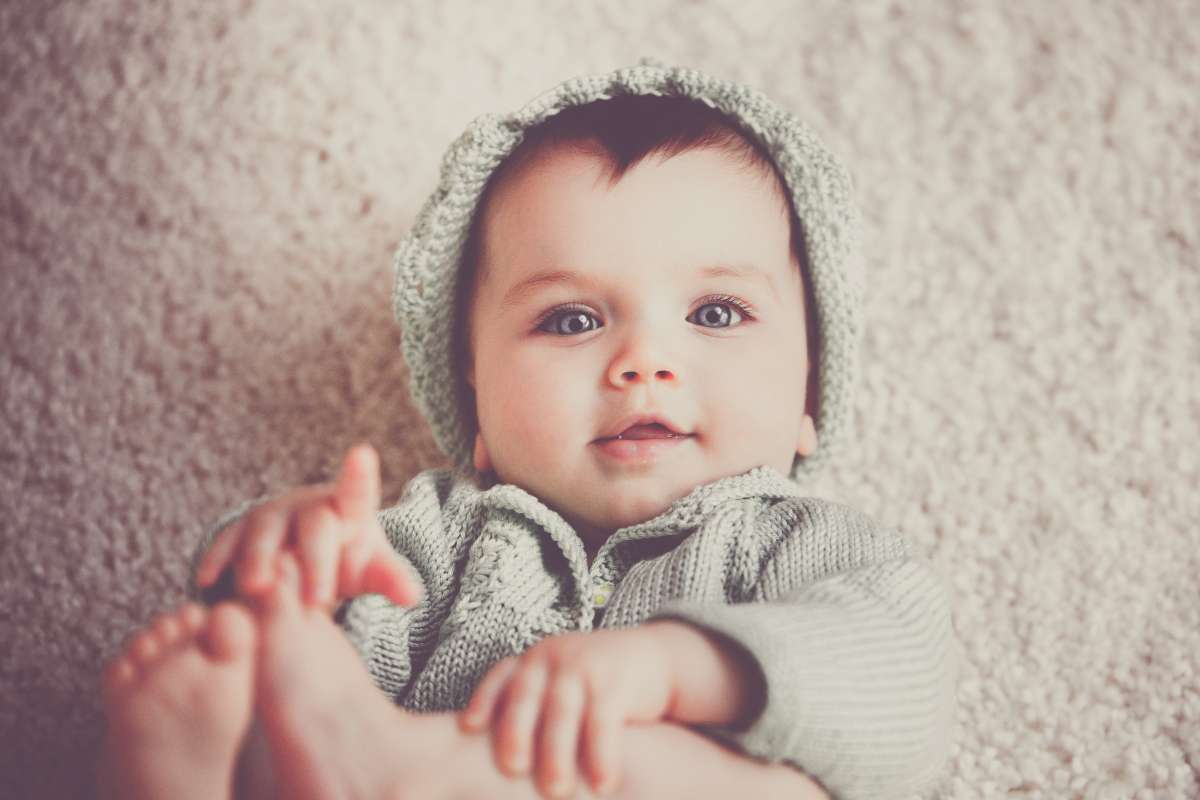
We looked into this thoroughly after the safe-sleeping organization issued a warning about baby pods & nests in 2018.
Since we're aware of how popular sleeping pods or nests are, we investigated the research behind them and examined how the industry of sleep products has evolved to address your concerns.
Here at MadeForMums, we only share facts that have been backed up by solid research. Therefore, we have gone through all of the research publications cited by The Lullaby Trust and double checked our findings against more contemporary scientific literature.
The Dangers Of SIDS
While the occurrence of Sudden Infant Death Syndrome (SIDS) is unsettling, it is fortunately rather uncommon. Among the 656,379 live births throughout Wales and England in 2018 (the most recent year for which data is available), there were 197 cases of sudden infant death syndrome. Since 1991, the number of Sudden Infant Death Syndrome deaths has been falling steadily.
Putting a baby to sleep on his or her back, both at night and during naps during the day, is the most crucial and successful thing parents can do. Since this recommendation was made public, SIDS rates have dropped dramatically over the world; for example, in the United Kingdom, SIDS rates dropped by 58% in 1991 after a push by FSID (now known as That of the Lullaby Trust) always to place your infant on their back to sleep.
Firm Mattress
Pods and nests do not follow the rules in what way exactly? The bottom portion (where your baby sleeps) of some of them, but not all, can be removed and replaced with a softer mattress.
- First, your baby's risk of sudden infant death syndrome (SIDS) or suffocation may rise if they sleep on a soft mattress, especially if they roll over to their back (or is placed to sleep on their front).
- Strong data suggests that a baby's risk of sudden infant death syndrome (SIDS) or asphyxia is much higher while sleeping on or rolling over onto their front on a soft mattress. One study indicated there to be a fivefold increase in SIDS risk due to a soft mattress.
- Two, "soft materials can make it more difficult for infants to lose body temperature and keep a safe temperature," as stated by the Lullaby Trust, is a potential danger.
- Overheating has been connected with sudden infant death syndrome (SIDS), however studies have found that this is more likely to occur when heavy bedding is used if the room temperature is excessively high, rather than with a soft mattress.
- The concept of a soft mattress is one that is not firm. Finding agreement on this is difficult, unfortunately. According to the Lullaby Trust, a baby's head should not sink more than a few millimeters into the mattress. Meanwhile, a soft sleep surface was described in the study that found a five-fold increased risk as one that allowed a baby's head to sink 25micrometers (1 inch) or even more. A firm mattress in the United States is one that doesn't flatten out when you put a baby on it. Mattresses made of memory foam are not recommended.
- As a precaution against sudden infant death syndrome or asphyxia, you should not use any pods or nest that have a particularly soft mattress. Nests and pods should only be placed on flat, solid ground.
Flat mattress
When it comes to conformity, how do pods and nests fail to abide? Baby nests typically feature flat mattresses, but the bumper sides are padded and elevated, so the area around your baby's head is not completely flat.
On the other hand, several types of Moses baskets and carrycots feature padded solid sides that come up to about the same distance from your baby's head as a baby nest. The Lullaby Trust currently considers Moses baskets and carrycots to be safe for use.
- Risk 1: If your baby rolls over or moves their face to the side and breathes into the bumper, it may increase their risk of sudden infant death syndrome or asphyxia.
- Evidence: Sleep positioners and cot bumpers have been related to sudden infant death syndrome and suffocation deaths in which the baby's head was found close to a padded side of the sleeping area. Pods and nests were not the focus of any of the research papers or material that we came across.
- What if the padded bumpers are breathable? The materials used in the construction of some sleeping nests and pods, like the Sleepyhead, are porous and allow air to circulate. In spite of our exhaustive search, we were unable to locate any studies with SIDS that used these resources. The official safe sleep guideline from the American Academy of Pediatrics (AAP) indicates that breathable sleep surfaces have yet to establish scientifically that they give a decreased risk of SIDS.
- Risk 2: Because of their proximity to the baby's head, where most heat is lost, the Lullaby Trust is concerned that padded bumpers may raise the danger of overheating, which may increase the chance of SIDS.
- Evidence: No credible studies showed that side bumpers increased the danger of overheating. Overheating has been linked to an increased risk of sudden infant death syndrome. These have been connected to factors other than proximity to padded bumpers, including heavy bedding, covers that go over a baby's head, or a heated environment.
- The bottom line: Avoid putting your baby to sleep with a loose blanket or other covering to prevent sudden infant death syndrome or asphyxia. The baby nest/pod has no space for a blanket to be tucked in, hence no blankets should be used. Keep your baby's room at a comfortable temperature (between 16 and 20 degrees Celsius) and use a sleeping bag of the appropriate tog/thickness. Make sure your kid isn't hot and isn't sleeping with their head too close to one side by checking on them every once in a while.
Waterproof Mattresses
When it comes to conformity, how do pods and nests fail to abide? There isn't a good chance that you'll find a separate mattress that can be covered completely in a tight, waterproof covering, and most of them don't come with one.
- Risk: Mattresses can carry bacteria that have been related to illnesses that may raise the incidence of SIDS. The Safer Sleep Product Guide from the Lullaby Trust recommends using a waterproof mattress to avoid the growth of microorganisms. The research paper also notes that "A bed with a waterproof cover would assist parents keep it clean and dry."
- Evidence: There’s considerable evidence that some bacterial-based illnesses, notably upper-respiratory infections, may raise the risk of SIDS. However, it has not been demonstrated that bacteria harbouring in mattresses enhance the incidence of sudden infant death syndrome. Studies have indicated that second-hand mattresses are associated to an increased incidence of SIDS. However, despite multiple study initiatives, experts have not been able to explain this increase in risk and if it is directly linked to bacteria. The incidence of sudden infant death syndrome was reduced in one 1995 study conducted in Scotland when researchers found that covering old mattresses with PVC eliminated the risk. Additional research into the potential impact of PVC coatings on bacterial growth and spread has yielded contradictory findings. Official safe sleeping advise in the United States and Australia recommends a flat, firm mattress covered with a fitted sheet, but does not specify that the mattress must be waterproof.
- What if the mattress is anti-bacterial? As soon as we hear back from The Lullaby Trust about whether or not an anti-bacterial mattress will eliminate the requirement for waterproofing, we will update this article.
- Would it be wise to invest in a waterproof covering? Some people worry that a waterproof covering will make a mattress less breathable, which will cause your baby to sweat more. A baby's "breathability and temperature regulation of a sleep surface does not need to be a factor" if you take care to keep him or her cool at night, according to the Trust. This highlights the significance of keeping an eye out to ensure your kid is not too hot or too chilly when sleeping. If you decide to get a waterproof covering for your mattress, remember that your baby should never be trapped between the mattress and the sides of the bed.
- There is a substantial risk of SIDS associated with baby pods and nests, so they should never be used again. While there is little evidence to link non-washable mattresses specifically to SIDS, it is nevertheless crucial to keep a clean mattress and regularly wash bedding to reduce the risk of contamination.
The Only Caution Concerning Pods And Nests
It's not just pods and nests that are called out in the statement; the following items are also cautioned against because they don't meet the standards set forth by the statement for safer sleeping:
- Nests and sleeping pods with cushions
- Hammocks for babies
- Pillows, cot bumpers, and duvets
- Positioners for sleeping (anything that wedges or straps that hold a baby in place)
The widespread adoption of sleeping pods and nests by parents has piqued its interest. Products that go against safer sleep guidelines are becoming more and more popular, and as a SIDS charity, we have observed with concern.
Conclusion
Sleeping on your baby's back reduces SIDS risk. A baby nest lets your infant sleep in the same position every night. Fluffy mattresses and nests can suffocate babies. The Lullaby Trust educates parents about the need of putting newborns to bed securely to prevent SIDS (SIDS) According to a 2018 survey, babies should sleep on flat, hard surfaces, not baby nests. The Lullaby Trust warned against child sleeping pods and nests in 2018.
The best thing parents can do is put their baby to sleep on their back from the start. SIDS mortality has decreased since 1991. In one study, soft mattresses five-fold increased the risk of SIDS. The Lullaby Trust worries that sleeping positioners and cot bumpers may increase the risk of SIDS. We read no nest or pod studies.
Breathable sleep surfaces are unsafe, under the American Academy of Pediatrics' safe sleep guideline. Mattresses can have SIDS-associated germs. The Lullaby Trust recommends a waterproof mattress to prevent bacteria and germs. US and Australian safe sleeping guidelines prescribe a flat, firm mattress with a fitted sheet. Sleeping pods, nests, hammocks, and non-washable mattresses are banned.
Content Summary
- Doctors and other medical professionals now advise parents to put their infants to sleep on their backs, which has contributed to the rise in popularity of baby nests.
- Sleeping with your baby on his or her back can help prevent sudden infant death syndrome (sudden infant death syndrome).
- If you do decide to co-sleep with your infant, a baby nest will help keep your infant in the same spot on the bed night after night.
- In the end, many parents find that baby nests provide their infants with a sense of security and comfort.
- Baby nests are a new product, thus there are currently no regulations in place to make sure they are safe for infants.
- You want it to be comfortable for your newborn and versatile enough to grow with your child.
- At home or on the road, the baby nest provides a safe and comfortable perch from which your little one may observe the world around them.
- When you can't hold your baby, put them inside the baby nest on a level surface for some playing, rest time, or your hands-free time.
- Baby pods, sleep pods, and sleeping pods are similar to a cocoon and provide a safe and cozy environment for your infant to nap or sleep in.
- These supposedly make your kid feel as comfortable and safe as they would in the womb.
- They're a charity in the United Kingdom with the goal of reducing the incidence of SIDS by increasing awareness of the importance of putting babies to bed in a safe manner (SIDS).
- They came out with a report in 2018 saying babies should only sleep on a flat, firm surface, and that baby nests don't qualify.
- But because they are so new, there has been no extensive study of their safety.
- Historically, we know of no instances in which a baby nest was directly responsible for anyone's passing.
- Thirteen people died because of sleep positioners between 1997 and 2011.
- For starters, check if the mattress is quite firm.
- Whether your baby sleeps in a crib, a nest, or with you, this is the single most effective measure you can take to lower his or her risk of sudden infant death syndrome.
- Use a backpack to keep your infant toasty at night.
- And despite its convenience, you should never transport a nest containing an infant.
- A baby nest could become bothersome if your child starts to rely on it too much.
- We looked into this thoroughly after the safe-sleeping organization issued a warning about baby pods & nests in 2018.
- Since 1991, the number of Sudden Infant Death Syndrome deaths has been falling steadily.
- Putting a baby to sleep on his or her back, both at night and during naps during the day, is the most crucial and successful thing parents can do.
- Since this recommendation was made public, SIDS rates have dropped dramatically over the world; for example, in the United Kingdom, SIDS rates dropped by 58% in 1991 after a push by FSID (now known as That of the Lullaby Trust) to place your infant on their back to sleep.
- First, your baby's risk of sudden infant death syndrome (SIDS) or suffocation may rise if they sleep on a soft mattress, especially if they roll over on their back (or are placed to sleep on their front).
- Strong data suggests that a baby's risk of sudden infant death syndrome (SIDS) or asphyxia is much higher while sleeping on or rolling over onto their front on a soft mattress.
- The concept of a soft mattress is one that is not firm.
- As a precaution against sudden infant death syndrome or asphyxia, you should not use any pods or nests that have a particularly soft mattress.
- Nests and pods should only be placed on flat, solid ground.
- Baby nests typically feature flat mattresses, but the bumper sides are padded and elevated, so the area around your baby's head is not completely flat.
- On the other hand, several types of Moses baskets and carrycots feature padded solid sides that come up to about the same distance from your baby's head as a baby nest.
- The Lullaby Trust currently considers Moses baskets and carrycots to be safe for use.
- Evidence: Sleep positioners and cot bumpers have been related to sudden infant death syndrome and suffocation deaths in which the baby's head was found close to a padded side of the sleeping area.
- Because of their proximity to the baby's head, where most heat is lost, the Lullaby Trust is concerned that padded bumpers may raise the danger of overheating, which may increase the chance of SIDS.
- Overheating has been linked to an increased risk of sudden infant death syndrome.
- The baby nest/pod has no space for a blanket to be tucked in, hence no blankets should be used.
- Keep your baby's room at a comfortable temperature (between 16 and 20 degrees Celsius) and use a sleeping bag of the appropriate tog/thickness.
- There isn't a good chance that you'll find a separate mattress that can be covered completely in a tight, waterproof covering, and most of them don't come with one.
- Risk: Mattresses can carry bacteria that have been related to illnesses that may raise the incidence of SIDS.
- The Safer Sleep Product Guide from the Lullaby Trust recommends using a waterproof mattress to avoid the growth of microorganisms.
- However, it has not been demonstrated that bacteria harbouring in mattresses enhance the incidence of sudden infant death syndrome.
- Studies have indicated that second-hand mattresses are associated to an increased incidence of SIDS.
- Official safe sleeping advice in the United States and Australia recommends a flat, firm mattress covered with a fitted sheet, but does not specify that the mattress must be waterproof.
- A baby's "breathability and temperature regulation of a sleep surface does not need to be a factor" if you take care to keep him or her cool at night, according to the Trust.
- This highlights the significance of keeping an eye out to ensure your kid is not too hot or too chilly when sleeping.
- If you decide to get a waterproof covering for your mattress, remember that your baby should never be trapped between the mattress and the sides of the bed.
- There is a substantial risk of SIDS associated with baby pods and nests, so they should never be used again.
- While there is little evidence to link non-washable mattresses specifically to SIDS, it is nevertheless crucial to keep a clean mattress and regularly wash bedding to reduce the risk of contamination.
- It's not just pods and nests that are called out in the statement; the following items are also cautioned against because they don't meet the standards set forth by the statement for safer sleeping: Nests and sleeping pods with cushions Hammocks for babies Positioners for sleeping (anything that wedges or straps that hold a baby in place) The widespread adoption of sleeping pods and nests by parents has piqued its interest.
- Products that go against safer sleep guidelines are becoming more and more popular, and as a SIDS charity, we have observed with concern.
